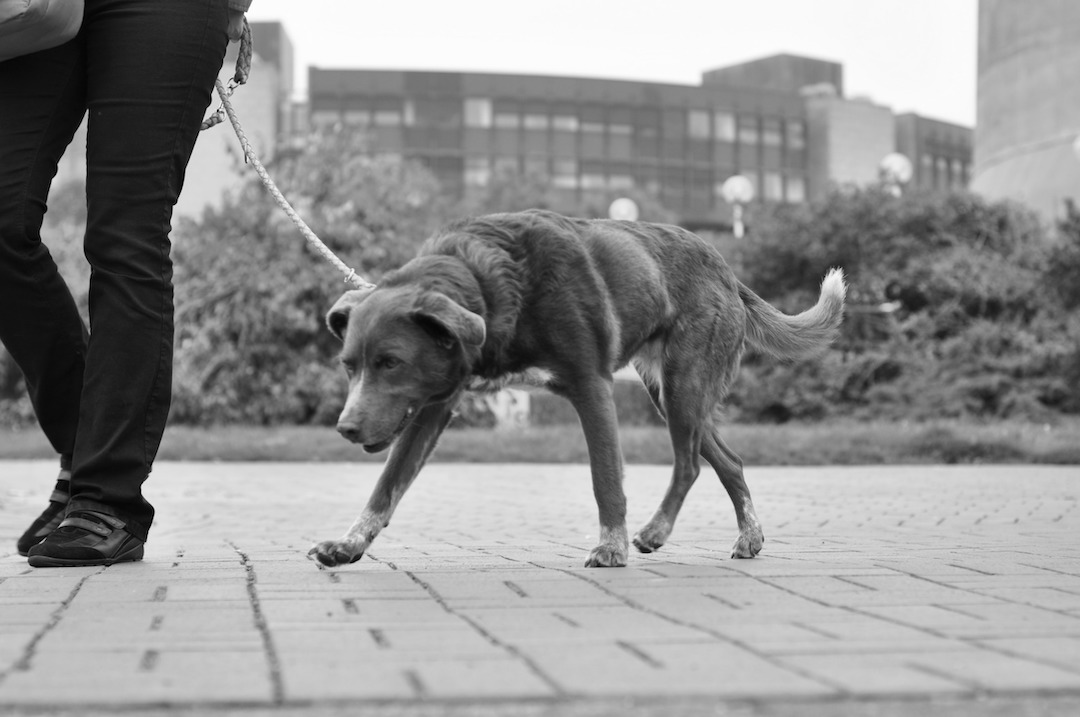Anxiety is becoming increasingly recognised, understood and talked about in people.
But what about dogs? It can be upsetting to think that our dogs might be feeling stressed. However, many unwanted behaviours we see are stress-induced.
Anxiety is a normal physiological response to a perceived threat. All animals have this system – including us. When a threat is perceived, the body produces adrenaline in a ‘flight or fight’ response. This system prepares the body to protect the dog from danger by running away or defending itself.
However, dogs aren’t always able to run away from or ‘fight’ the threat if it is present their everyday environment. For example, on lead on a walk with an approaching dog, the dog may believe the only way to make them go away is to bark. It’s the only way they can tell us they aren’t coping, and the behaviours give the dog a sense of relief.
Stress in dogs can range from mild to severe. As with us, it is normal for dogs to experience some stress at times: moving home, spooking at a traffic cone on a walk, dogs barking next door. It’s a healthy, unavoidable part of life and in a well-adjusted, healthy dog needn’t cause further problems. However, when we see repeated anxiety-related behaviours, this suggests our dog isn’t coping and needs us to help them.
These behaviours can all be symptoms of stress: chewing and destructivity in the home, obsessiveness behaviours, urinating or defecating in the home, reactivity, aggression, excessive licking, excessive jumping up, hiding, excessive barking, pacing, mouthing and grabbing, not eating, and humping. When anxious, these behaviours give the dog an outlet and makes them feel better. Not dissimilar from nail biting in people.
Dogs can show ‘stress signals’ to prevent conflict. For example, a dog that worried about a person approaching may show: lip and nose licking, squinted eyes, white eyes, looking away, making their body small or low to the ground, tail down or with a low wag, holding one front paw up, panting or a tight mouth. Dog body language needs to be interpreted within context, and anxious dogs will normally show more than one of the above signals when they need distance from someone scary.
Dogs can also show ‘displacement behaviours’: normal behaviours shown out of their usual context. They are saying ‘if I look distracted or act silly, the pressure on me will ease’, as when a dog’s owner is calling their name with an angry voice and the dog sniffs intently til the owner calms down before returning. These can be sniffing, scratching themselves, rubbing their back or tummy on the floor, turning their body away and avoiding eye contact, mouthing or grabbing.
We may not always be able to know why our dog is stressed, but there are always ways we can help.
Written by Emily Bright – Cognitive Behavioural Therapist, freelance writer and trainer at BRIGHT DOG TRAINING. Contact brightdogtraininguk@gmail.com or search @brightdogtraininguk on Facebook.

